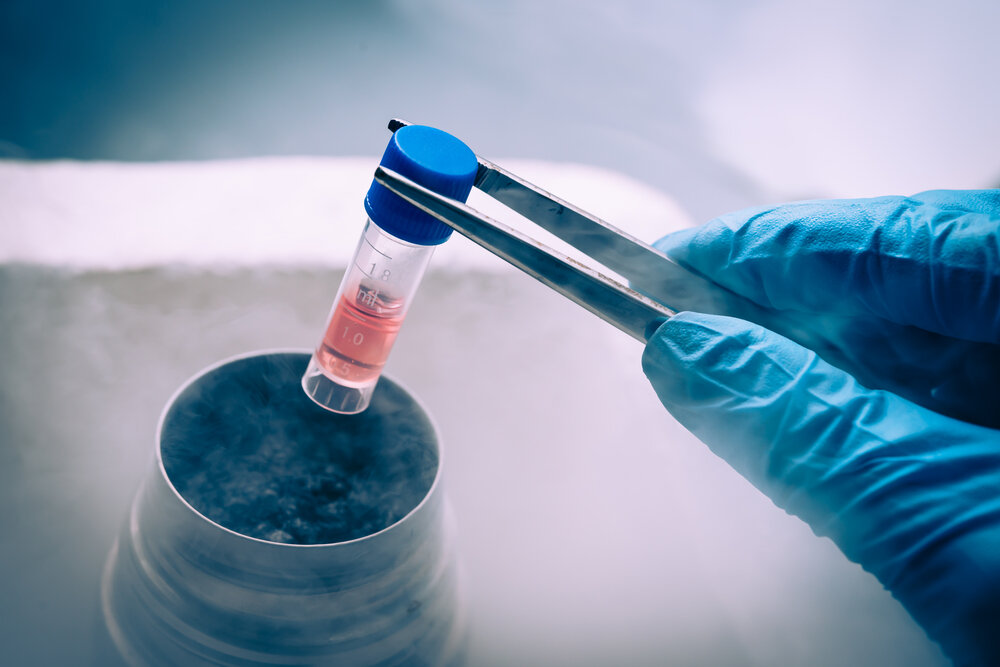Tracking the movement of a single nanoparticle

Based on the principle of interaction between matter and light, a new method has been developed to track and observe the Brownian motion of fast-moving nanometer-sized molecules, and measure the different fluorescence signals of each biological nanoparticle.
The nanoparticle tracking analysis (NTA) system is the most commonly used nanoparticle quantification method in the world. It is a method that observes and tracks a group of nanoparticles in a captured image as a single particle unit. Recently, a POSTECH research team—led by Dr. Siwoo Cho and Ph.D. candidate Johan Yi of the Department of Mechanical Engineering—succeeded in measuring the amount, size, and brightness of scattered light through NTA and further measured the different fluorescence signals of individual particles.
The research team developed a fluorescence-based nanoparticle tracking analysis (NTA) system to characterize the size and protein expression of individual extracellular vesicles (EV). In this system, a sheet of lasers with four different wavelengths was shone onto the EVs according to a programmed schedule, providing scattering images intercalated by three fluorescent images. The size, ratio, and scattered light of thousands of individual particles were observed, and a six-dimensional value composed of three different fluorescence was obtained.
Using this proposed NTA system, the researchers measured the distribution of specific proteins in EVs (e.g., exosomes), which are biological nanoparticles, at individual particle levels and analyzed the relationship between the proteins.
This NTA system enables the user to observe the nanoparticles during analysis and obtain quantitative data of individual or all nanoparticles immediately after loading the sample without a needing a control group. It allows the researchers to observe cells at the molecular level to obtain important clues to understanding various life processes.
For example, since the system targets all types of nanoparticles, it can be used for environmental monitoring such as fine dust, bio-nanoparticle analysis for virus research and development, and disease diagnosis and bio-monitoring through nanoparticle analysis of various body fluids.
"The multiplex fluorescence-based NTA system developed in this study enables scientists to analyze the association between different proteins in exosomes," explained Professor Jaesung Park of POSTECH. "We expect it to contribute significantly to the advancement of industries and research related to exosomes in the future."
Image: Shutterstock - Kateryna Kon





